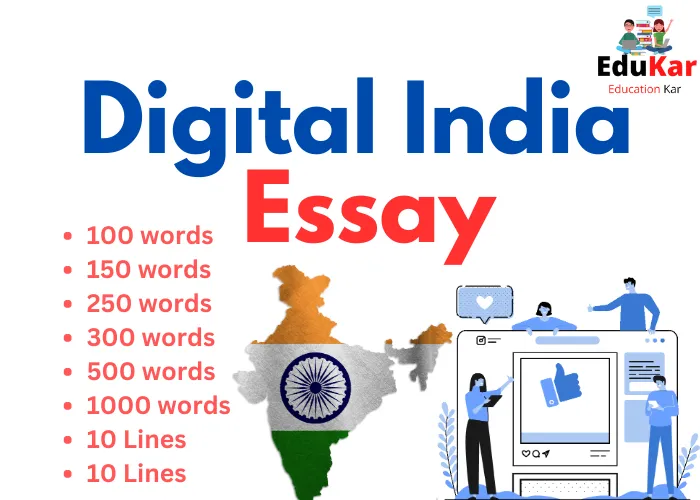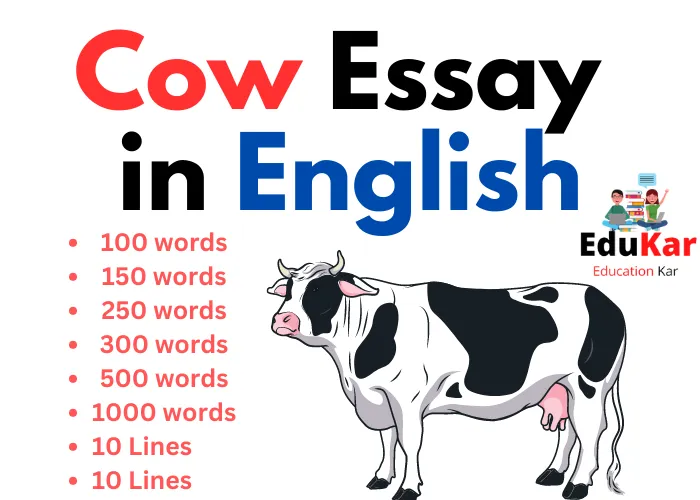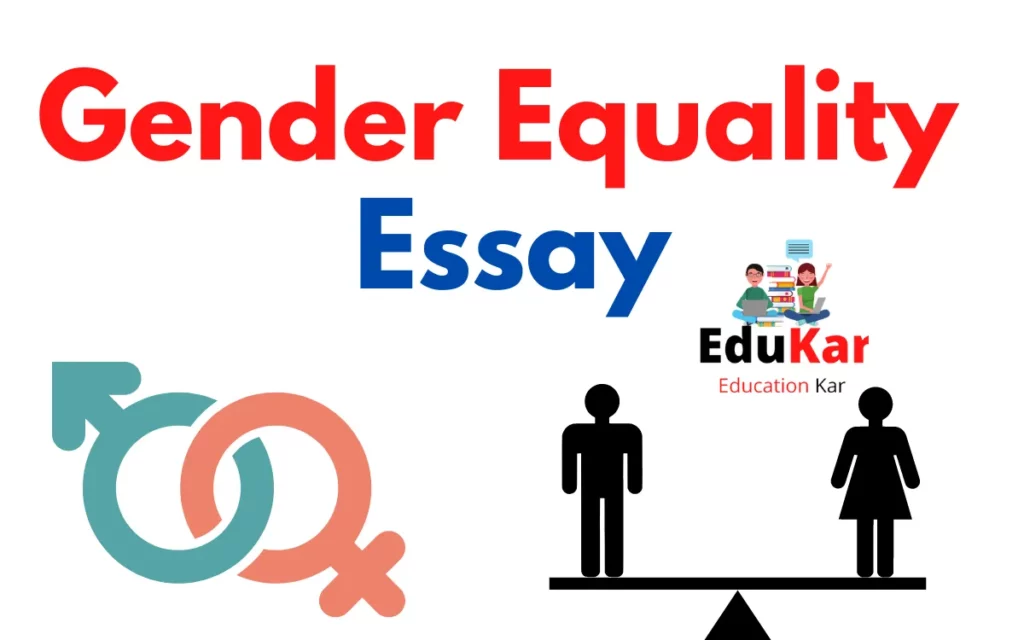Contents
- 1 Introduction
- 2 Historical Overview of India’s Economic Growth
- 3 Key Contributors to India’s Economic Growth
- 4 Challenges Facing India’s Economic Growth
- 5 Government Policies to Promote Economic Growth
- 6 Conclusion
- 7 FAQs related to “India’s Economic Growth”
- 7.1 What has been the growth rate of India’s economy in recent years?
- 7.2 What are the major drivers of India’s economic growth?
- 7.3 What are the major challenges facing India’s economic growth?
- 7.4 What initiatives has the government taken to promote economic growth in India?
- 7.5 What is the Skill India program?
- 7.6 What is the Make in India program?
- 7.7 What is the Pradhan Mantri Rojgar Protsahan Yojana?
- 7.8 What is the National Investment and Infrastructure Fund?
- 7.9 What is the Pradhan Mantri Jan Dhan Yojana?
- 7.10 What is the future outlook for India’s economic growth?
Explore India’s economic growth in detail through this insightful essay. Understand the factors driving India’s economic progress and the challenges it faces. Read about the country’s economic policies and their impact on businesses and citizens.

Introduction
Economic growth is a crucial aspect of any developing country and plays a major role in improving the standard of living of its citizens. In India, economic growth has been a major focus of policy makers since independence, and has been the driving force behind the country’s progress over the past few decades. This essay will outline the historical overview of India’s economic growth, the key contributors to its economic growth, the challenges it faces, and the government policies aimed at promoting economic growth.
Historical Overview of India’s Economic Growth
The pre-independence era of India was characterized by a stagnant economy, with low levels of investment, poor infrastructure, and limited industrialization. After independence, India adopted a mixed economy model, with the government controlling key industries such as coal, steel, and heavy industries. This model was not very successful, and the economy remained slow-growing until the 1980s, when India adopted reforms aimed at liberalizing the economy and promoting private sector investment.
In 1991, India underwent a major economic reform process, known as the liberalization, privatization, and globalization (LPG) reforms. These reforms aimed to promote entrepreneurship and investment, and to reduce the role of the government in the economy. The reforms led to the growth of the private sector, and the emergence of many new industries. As a result, the economy experienced a period of rapid growth, and India emerged as one of the fastest-growing economies in the world.
Key Contributors to India’s Economic Growth
India’s economic growth has been driven by several key contributors including the growth of the agriculture, manufacturing, and service sectors. The government has also played a major role in promoting economic growth through various initiatives, such as the Make in India program, the Skill India program, and the Pradhan Mantri Rojgar Protsahan Yojana.
1) Agriculture sector:
Agriculture is the backbone of India’s economy, as it employs around 50% of the country’s workforce. The agricultural sector has undergone significant reforms over the past few decades, which have led to an increase in productivity, and the growth of the agribusiness sector. The government has also implemented various programs aimed at promoting the development of the agricultural sector, such as the Pradhan Mantri Fasal Bima Yojana, which provides insurance to farmers against crop losses.
2) Manufacturing sector
The manufacturing sector has been a key contributor to India’s economic growth, and has been growing at a rapid pace since the 1990s. The government has implemented various policies aimed at promoting the growth of the manufacturing sector, such as the Make in India program, which aims to make India a hub for global manufacturing. The growth of the manufacturing sector has also led to the development of the small and medium enterprises (SME) sector, which has become a major source of employment in the country.
3) Service sector
The service sector is one of the largest contributors to India’s GDP, and is growing at a rapid pace. The sector includes a wide range of industries, such as financial services, information technology (IT), tourism, and retail. The growth of the service sector has been driven by the liberalization of the economy, and the growth of the IT industry, which has become a major contributor to India’s economy.
4) Foreign Direct Investment (FDI)
FDI has been a major contributor to India’s economic growth, as it has led to the growth of various industries and the development of the infrastructure sector. The government has implemented various policies aimed at attracting FDI, such as the 100% FDI policy in various sectors, which allows foreign companies to invest in India without any restrictions.
Challenges Facing India’s Economic Growth
Despite the impressive growth of India’s economy, there are several challenges that are hindering further progress. Some of these challenges include:
1) Poverty and income inequality:
Despite the rapid growth of the economy, poverty and income inequality remain major challenges in India. A large proportion of the population still lives below the poverty line, and the income gap between the rich and poor is widening. The government has implemented various programs aimed at reducing poverty, such as the Pradhan Mantri Jan Dhan Yojana, which provides financial inclusion to the poor by providing them with access to bank accounts and other financial services.
2) Infrastructure gaps:
Another major challenge facing India’s economic growth is the inadequate infrastructure. The country still lacks basic facilities, such as electricity, water, and roads, in many regions, which hinders economic growth. The government is working to address this issue through various initiatives, such as the Pradhan Mantri Gram Sadak Yojana, which aims to provide rural areas with all-weather roads, and the Atal Bhujal Yojana, which aims to improve groundwater management.
3) Political instability:
Political instability can have a negative impact on economic growth, as it can discourage investment and reduce the confidence of investors. India has experienced political instability in the past, and the government needs to ensure that the country remains politically stable in order to maintain its economic growth.
4) Lack of skilled labor force:
India faces a shortage of skilled labor, which can hinder the growth of various industries. The government is addressing this issue through various initiatives, such as the Skill India program, which aims to provide vocational training to young people and improve the quality of the workforce.
Government Policies to Promote Economic Growth
The government of India has taken several steps to promote economic growth in the country that includes:
1) Reforms in agriculture, manufacturing, and service sectors:
The government has implemented various reforms aimed at promoting the growth of the agriculture, manufacturing, and service sectors. The reforms include liberalizing trade policies, reducing red tape, and promoting entrepreneurship. The government has also implemented various programs aimed at promoting the development of these sectors, such as the Pradhan Mantri Fasal Bima Yojana, which provides insurance to farmers against crop losses, and the Make in India program, which aims to make India a hub for global manufacturing.
2) Policies to attract foreign investment:
The government has implemented various policies aimed at attracting foreign investment, such as the 100% FDI policy in various sectors, which allows foreign companies to invest in India without any restrictions. The government has also established various institutions, such as the National Investment and Infrastructure Fund, which aims to attract foreign investment and promote infrastructure development.
3) Programs for skill development and employment generation
The government has implemented various programs aimed at developing the skills of the workforce and creating employment opportunities. The Skill India program is one of the major initiatives aimed at improving the quality of the workforce, while the Pradhan Mantri Rojgar Protsahan Yojana aims to provide incentives to companies that employ young people.
4) Investment in infrastructure development
The government is investing heavily in infrastructure development in order to address the gaps in the country’s infrastructure. The Pradhan Mantri Gram Sadak Yojana, which aims to provide rural areas with all-weather roads, and the Atal Bhujal Yojana, which aims to improve groundwater management, are some of the major initiatives aimed at improving infrastructure in the country.
Conclusion
India’s economic growth has been a major focus of policy makers since independence, and has been the driving force behind the country’s progress over the past few decades. The growth of the agriculture, manufacturing, and service sectors, as well as the growth of foreign investment, have been the major contributors to India’s economic growth. Despite these achievements, the country still faces major challenges, such as poverty, income inequality, inadequate infrastructure, political instability, and a shortage of skilled labor. The government is working to address these challenges through various initiatives and policies aimed at promoting economic growth. The future prospects for India’s economic growth are bright, and the country has the potential to become one of the major economic powers in the world.
What has been the growth rate of India’s economy in recent years?
India’s economy has been growing at a rate of around 7% in recent years. In the financial year 2021, India’s economy grew by 11.7%, making it one of the fastest growing economies in the world.
What are the major drivers of India’s economic growth?
The major drivers of India’s economic growth are the agriculture, manufacturing, and service sectors. The growth of these sectors is driven by various factors, such as increased investment, improved infrastructure, and increased exports.
What are the major challenges facing India’s economic growth?
The major challenges facing India’s economic growth include poverty, income inequality, inadequate infrastructure, political instability, and a shortage of skilled labor.
What initiatives has the government taken to promote economic growth in India?
The government has taken various initiatives to promote economic growth in India, such as implementing reforms in agriculture, manufacturing, and service sectors, attracting foreign investment, promoting skill development and employment generation, and investing in infrastructure development.
What is the Skill India program?
The Skill India program is a government initiative aimed at improving the quality of the workforce in India. The program provides vocational training to young people and helps to address the shortage of skilled labor in the country.
What is the Make in India program?
The Make in India program is a government initiative aimed at making India a hub for global manufacturing. The program provides various incentives to companies that invest in India and promotes entrepreneurship in the country.
What is the Pradhan Mantri Rojgar Protsahan Yojana?
The Pradhan Mantri Rojgar Protsahan Yojana is a government program aimed at creating employment opportunities in India. The program provides incentives to companies that employ young people and helps to address the problem of unemployment in the country.
What is the National Investment and Infrastructure Fund?
The National Investment and Infrastructure Fund is a government institution aimed at attracting foreign investment and promoting infrastructure development in India. The institution provides funding for infrastructure projects and helps to address the gap in the country’s infrastructure.
What is the Pradhan Mantri Jan Dhan Yojana?
The Pradhan Mantri Jan Dhan Yojana is a government initiative aimed at providing financial inclusion to the poor in India. The program provides access to bank accounts and other financial services to people who do not have access to these services.
What is the future outlook for India’s economic growth?
The future outlook for India’s economic growth is positive, and the country has the potential to become one of the major economic powers in the world. The continued growth of the economy will have a positive impact on the standard of living of the people of India.











![Essay on Cricket for Students [ 250, 500 & 100 words] Essay on Cricket](https://edukar.in/wp-content/uploads/2023/01/Essay-on-Cricket-for-Students-1024x640.webp)
![Water is Life Essay in English [Class 4th, 5th, 6th,7th, 8th, 9th, 10th] Water is Life Essay](https://edukar.in/wp-content/uploads/2023/02/Water-is-Life-Essay-1024x640.webp)



